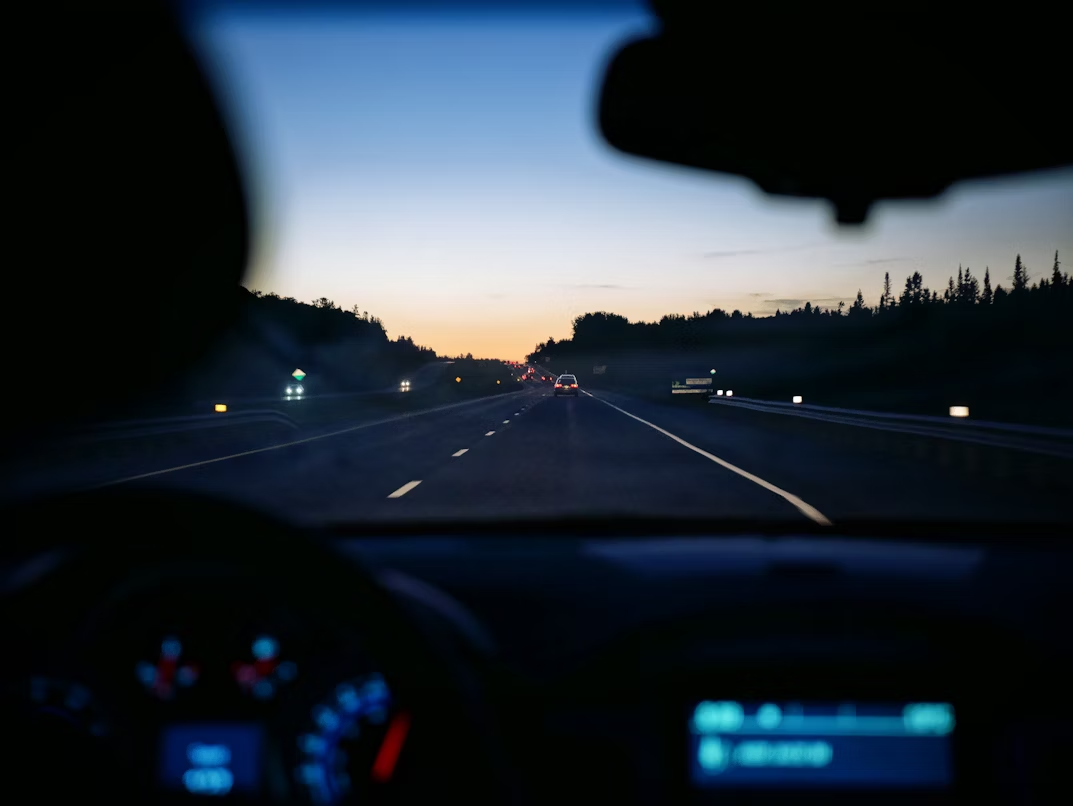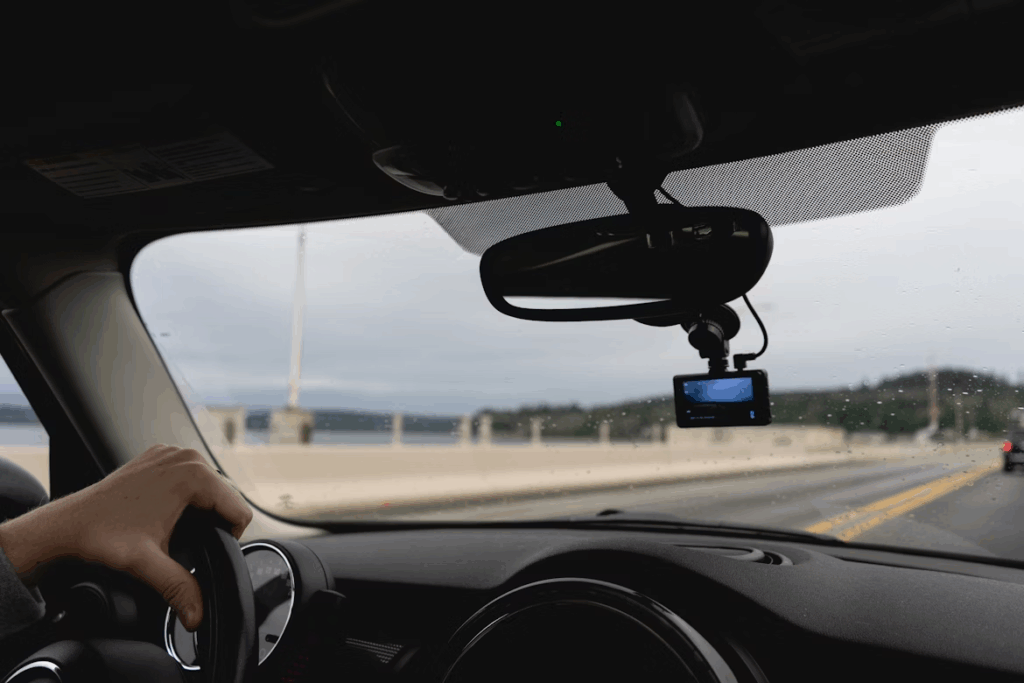The presence of dash cameras has grown from a rare sight into a standard feature in both personal and commercial vehicles. Companies and individual drivers alike have turned to these systems not just for recording incidents but for actively monitoring and improving road behavior. A dash cam’s role extends far beyond capturing footage; it serves as a silent observer, gathering detailed insights into driving habits, external hazards, and on-the-road decisions. With the right features, these devices offer consistent support in identifying risk factors, protecting against false claims, and reinforcing safe driving practices.
Dual-View Capabilities for Full-Spectrum Monitoring
Modern dash cams often come equipped with more than a single lens. A dual-lens system records both the road ahead and the interior of the vehicle. This combined view serves a wide range of needs, from tracking employee behavior to providing context in case of disputes. Among the most practical setups are dual camera systems for commercial vehicles, which offer forward-facing and inward-facing views simultaneously. This pairing allows fleet managers to monitor road conditions and driver reactions at the same time, significantly improving their ability to analyze incidents. The forward camera captures traffic flow, road signs, and weather conditions, while the internal camera provides a close look at driver behavior, distractions, or fatigue. This duality supports stronger decision-making and creates a more complete record of any event, whether it’s a harsh brake or a roadside emergency.
G-Sensors That Trigger Automatic Recording
One of the defining features that elevate dash cams from simple recorders to intelligent monitoring tools is the G-sensor. This internal component detects sudden movements or changes in direction, such as sharp braking, unexpected turns, or collisions. When the sensor identifies such motion, it triggers the dash cam to save and lock the current recording. This action prevents the footage from being overwritten during routine video cycling. The automatic capture is especially useful in cases where a driver may not manually initiate a recording in the moment. This feature allows fleet supervisors and insurance investigators to gain accurate insight into the moments leading up to and immediately following an incident. Over time, consistent data from G-sensor-triggered events can reveal broader patterns in a driver’s habits, prompting targeted coaching or revised safety protocols.
GPS Tracking for Route and Speed Analysis
Incorporating GPS functionality into dash cams adds another layer of monitoring that goes beyond visual data. By logging vehicle speed, precise location, and route history, GPS tracking creates a full picture of driving performance. This feature helps management teams identify whether drivers are sticking to assigned routes or engaging in unauthorized detours. Speed tracking can uncover trends of habitual speeding or erratic driving, especially when compared against posted limits or fleet standards. When an incident occurs, the GPS log can confirm location and movement details that support or contradict witness statements. For businesses with large fleets, this information can be centralized into software platforms, allowing for real-time oversight and historical reviews without the need for in-person supervision.
Driver Behavior Alerts to Encourage Safe Habits
Many modern dash cams use AI-based tools to monitor signs of dangerous behavior. These include lane drifting, following too closely, drowsiness, or distractions like phone usage. When these behaviors are detected, the system issues audible or visual alerts to the driver. This immediate feedback helps the driver adjust their behavior on the spot rather than waiting for a later review. Repeated alerts are logged and analyzed, offering insights into which employees may benefit from coaching or retraining. Over time, consistent alerts may reveal deeper issues, such as chronic fatigue or lack of route familiarity. Businesses focused on safety can use this data to make operational changes, from updating schedules to increasing rest time between shifts. Even outside commercial use, personal drivers benefit from these prompts, which promote more attentive driving over time.
Night Vision and Low-Light Recording

Recording conditions on the road aren’t always optimal. Whether driving through a poorly lit area, during fog, or in nighttime conditions, visibility plays a crucial role in capturing usable footage. Dash cams equipped with infrared sensors or high-sensitivity lenses address this challenge directly. Night vision technology makes it possible to record clear images even when external lighting is minimal. This function is particularly useful for professional drivers who operate late-night routes or in remote regions without street lighting. The ability to capture fine detail, license plates, road signs, and facial expressions, remains critical, regardless of the hour. Without this feature, footage recorded in darkness might miss crucial evidence or fail to provide the full story during a claim investigation or safety review.
Dash cam technology has evolved well beyond simple event recording. The range of features now available supports both active monitoring and long-term analysis of driving behavior. Whether for a fleet manager responsible for dozens of drivers or a private individual aiming for safer commutes, choosing a dash cam with these capabilities lays the groundwork for better outcomes in every journey.
